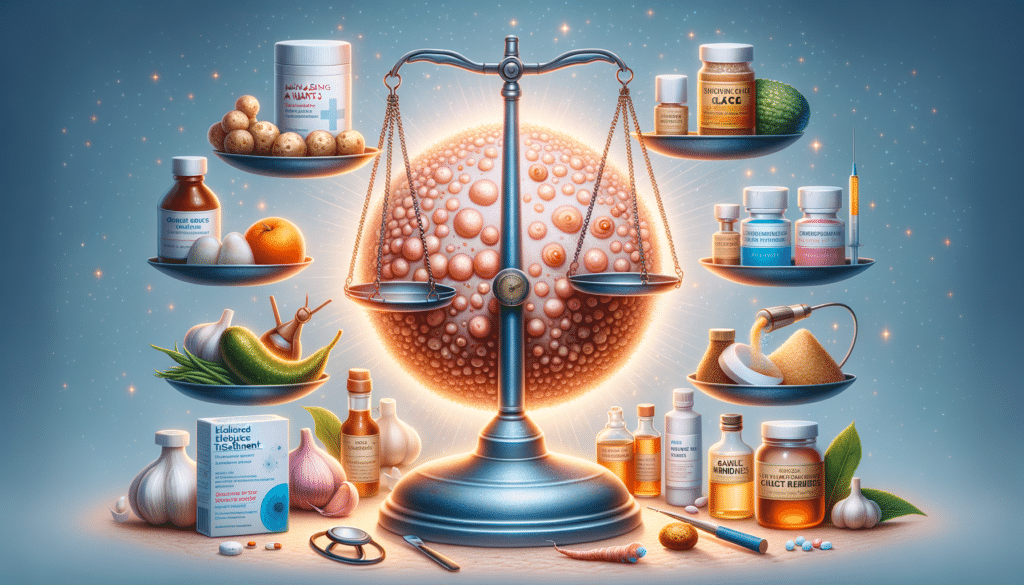Understanding Warts and Their Origins
Warts are small, grainy skin growths that often appear on fingers or hands. They are caused by the human papillomavirus (HPV), a virus with over 100 different strains. While most warts are harmless, they can be unsightly and sometimes painful. The virus typically enters the body through a tiny scratch on the skin, which is why warts are more common in areas that experience frequent cuts or abrasions.
There are several types of warts, each with distinct characteristics. Common warts usually appear on fingers and toes, while plantar warts grow on the soles of the feet and can be quite painful. Flat warts are smaller and smoother, often appearing on the face or legs. Filiform warts are long and thin, typically forming around the mouth or eyes. Finally, periungual warts develop under and around the toenails and fingernails, potentially affecting nail growth.
Understanding the origins and types of warts is crucial for effective management. Factors such as a weakened immune system, skin conditions that cause breaks, and direct contact with warts can increase susceptibility. Although warts are contagious, direct contact with a wart does not guarantee transmission. Maintaining good hygiene and avoiding direct contact with warts can help reduce the risk of spreading the virus.
Over-the-Counter Treatments
For those looking to tackle warts without a prescription, over-the-counter treatments offer a convenient starting point. These products are widely available and can be effective for many people. The most common ingredient found in these treatments is salicylic acid, which works by peeling away layers of the wart gradually. Salicylic acid products come in various forms, including gels, pads, and liquids, allowing users to choose the format that suits their needs.
Another popular over-the-counter option is cryotherapy kits, which use freezing technology to remove warts. These kits typically involve applying a freezing agent directly to the wart, causing it to blister and eventually fall off. While effective, cryotherapy can be a bit uncomfortable and may require multiple applications.
It’s important to follow the instructions carefully when using over-the-counter treatments. Consistency is key, and it may take several weeks to see results. Some people may experience skin irritation or discomfort, so it’s advisable to test the product on a small area first. Over-the-counter treatments are generally safe, but it’s always wise to consult a healthcare professional if you’re unsure or if the wart persists despite treatment.
Professional Treatments
When over-the-counter solutions are not enough, professional treatments offer alternative methods for wart removal. Dermatologists and medical professionals can provide more targeted and effective solutions to stubborn warts. One common professional treatment is cryotherapy, which involves using liquid nitrogen to freeze the wart. This procedure is typically more potent than over-the-counter kits and may require several sessions for complete removal.
Laser therapy is another professional option, using intense light beams to destroy the wart tissue. This method is often reserved for warts that are resistant to other treatments. It can be effective but may require multiple sessions and can be more costly.
In some cases, minor surgical procedures may be performed to excise the wart. This method usually involves numbing the area and cutting out the wart. While effective, it can leave a scar and is generally considered when other treatments have failed.
Professional treatments offer the advantage of being supervised by a healthcare provider, ensuring safety and efficacy. However, they may come with higher costs and require multiple visits. It’s essential to weigh the benefits and drawbacks when considering professional wart removal options.


